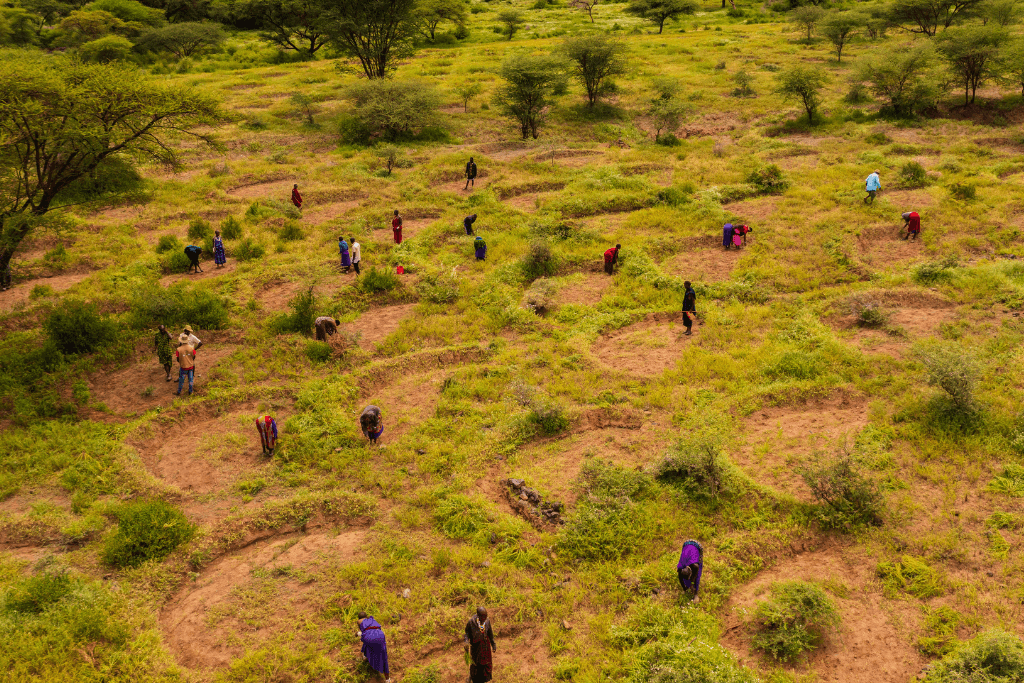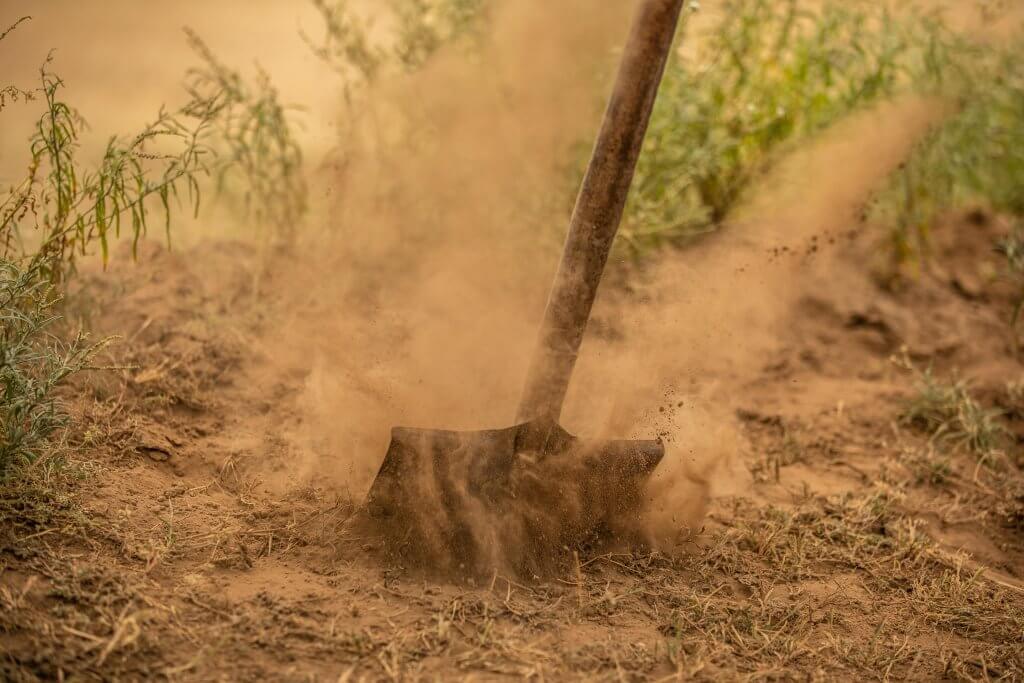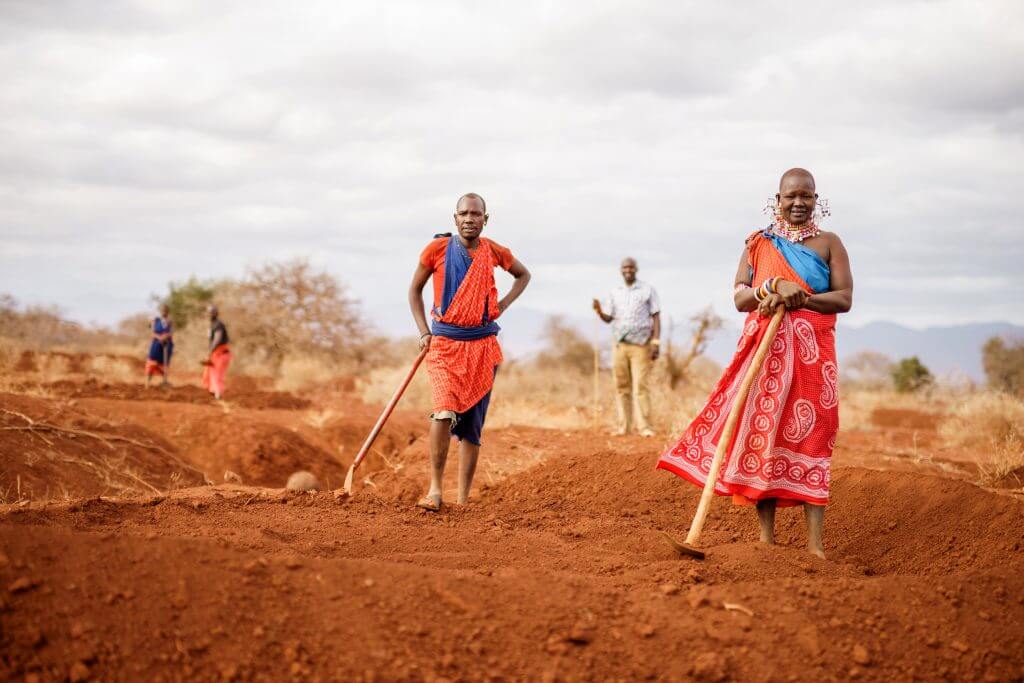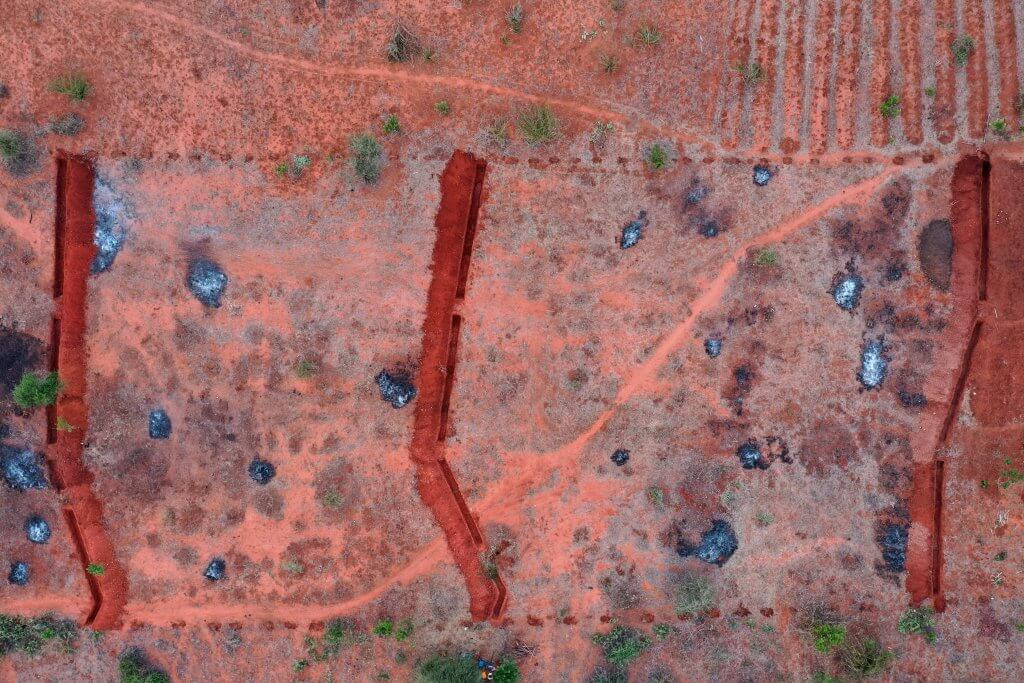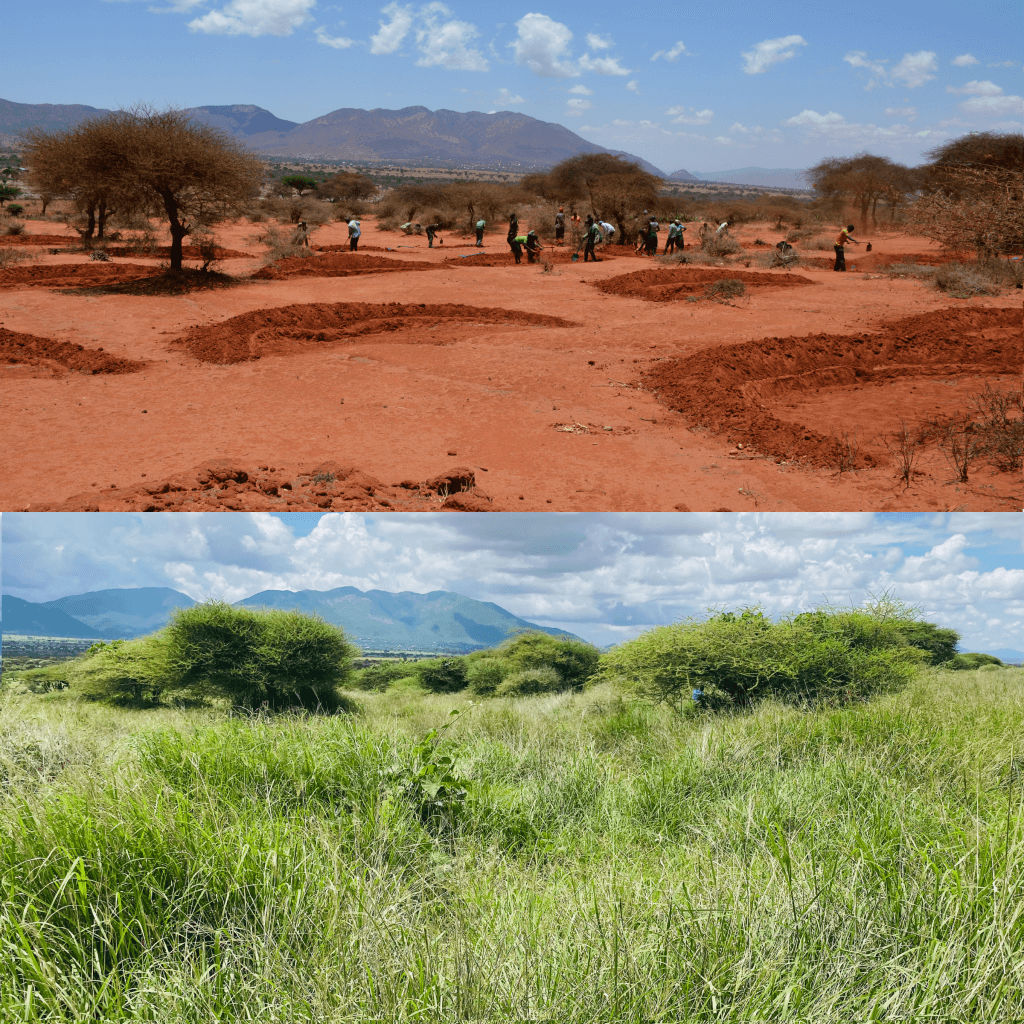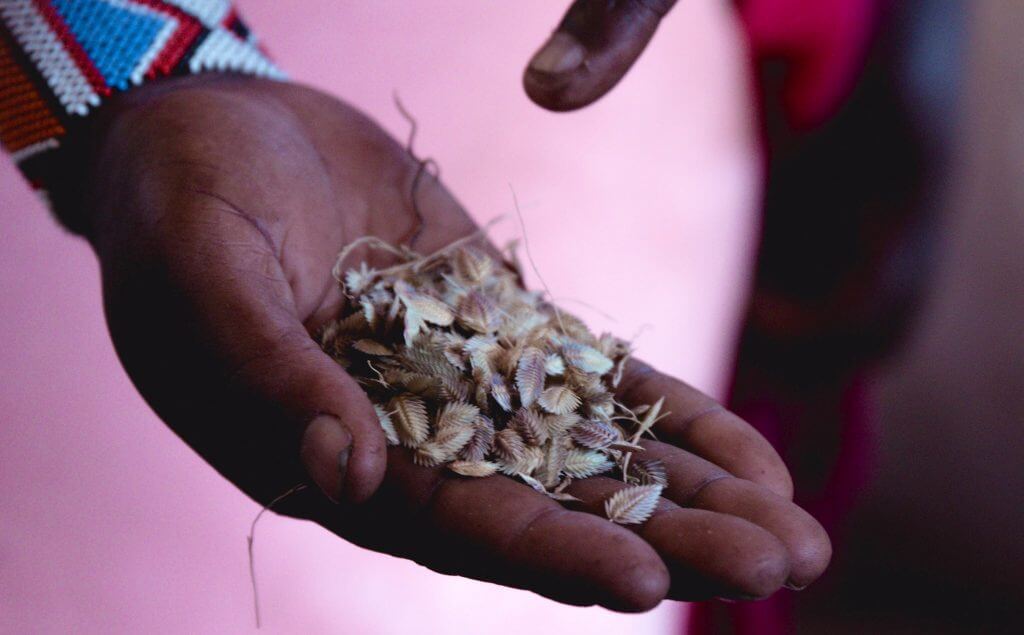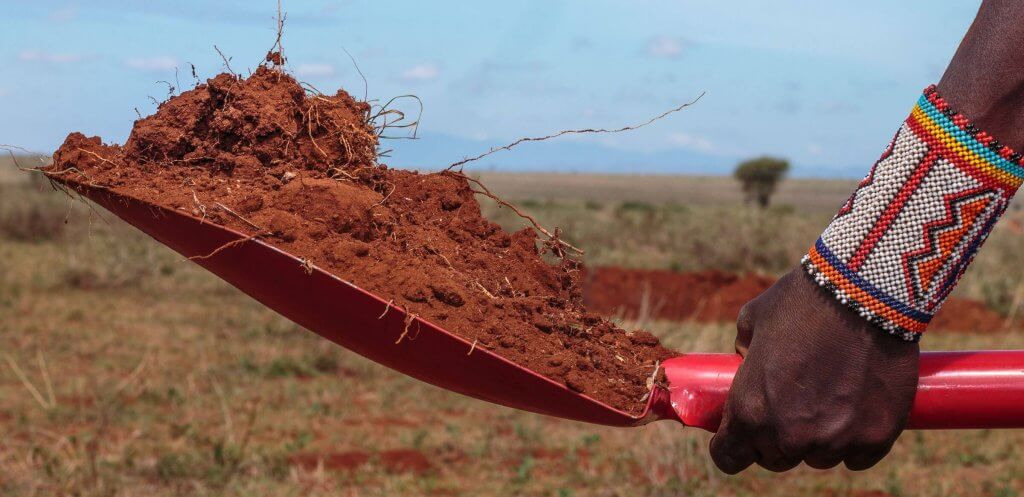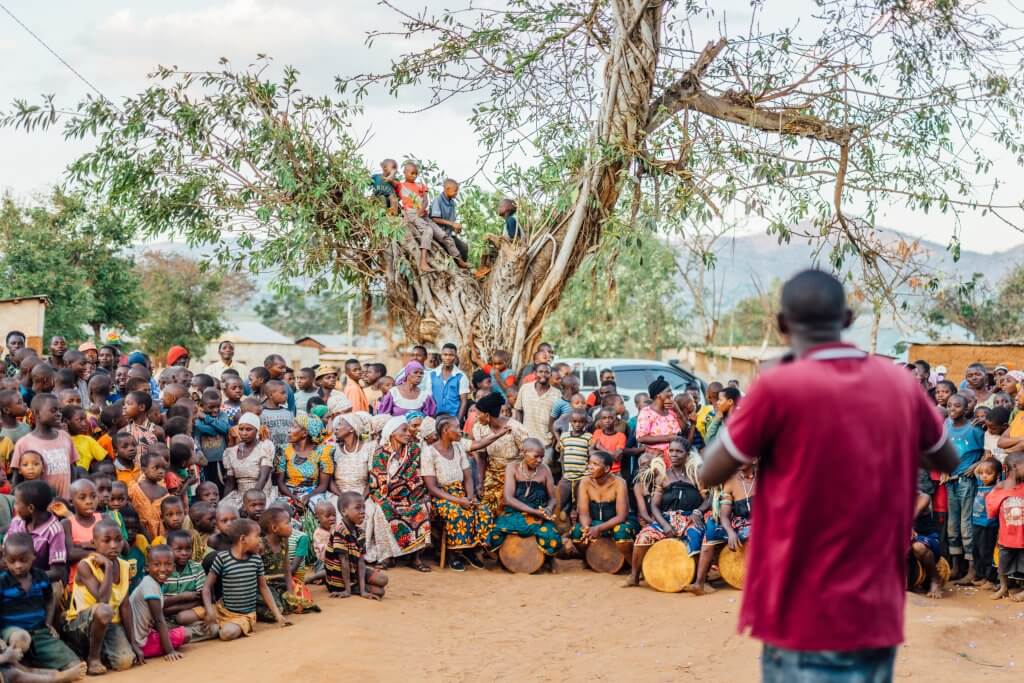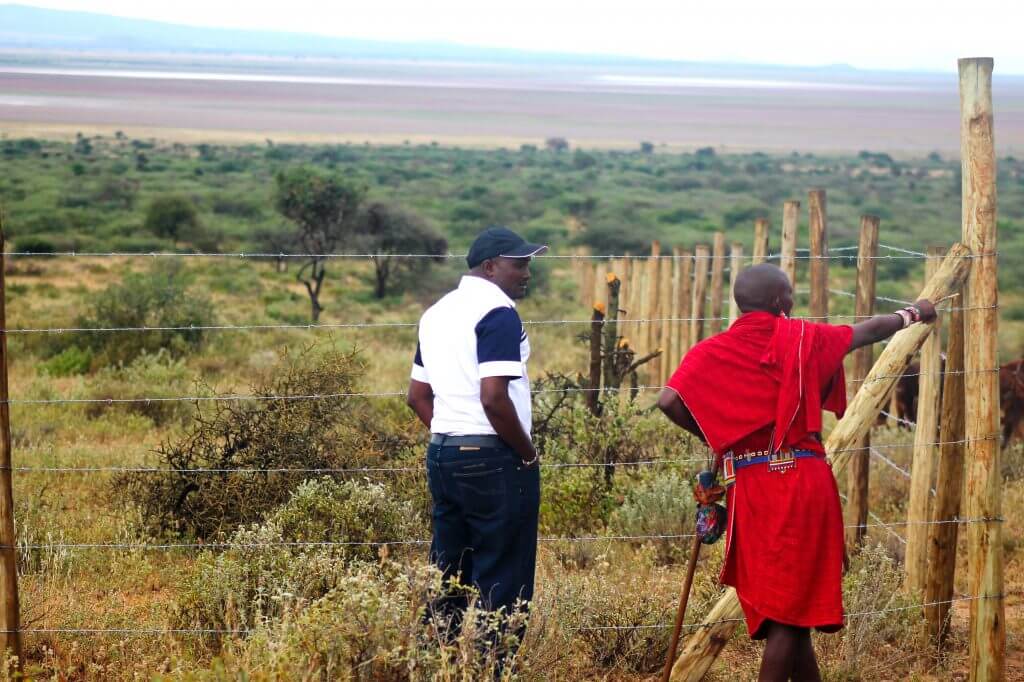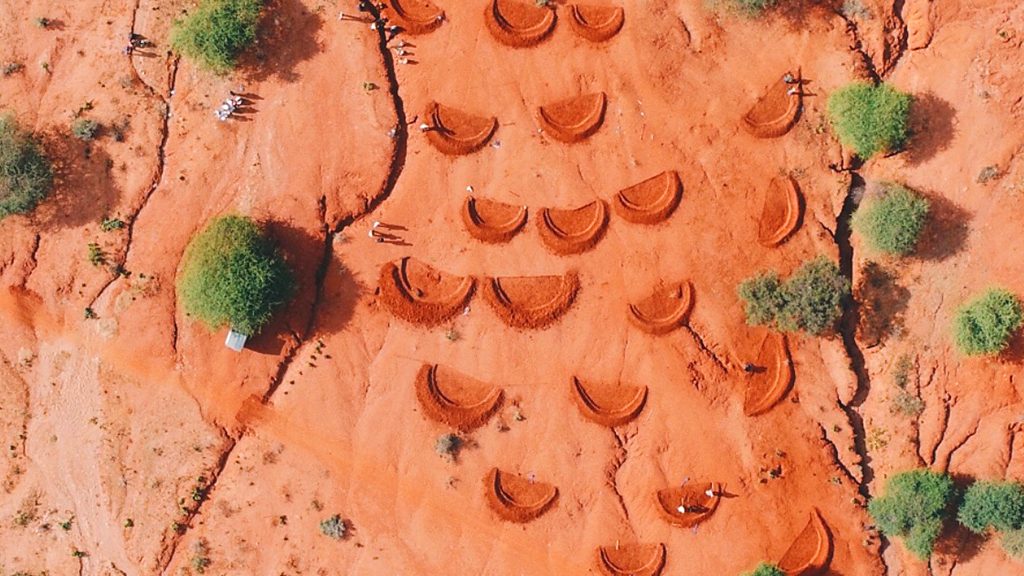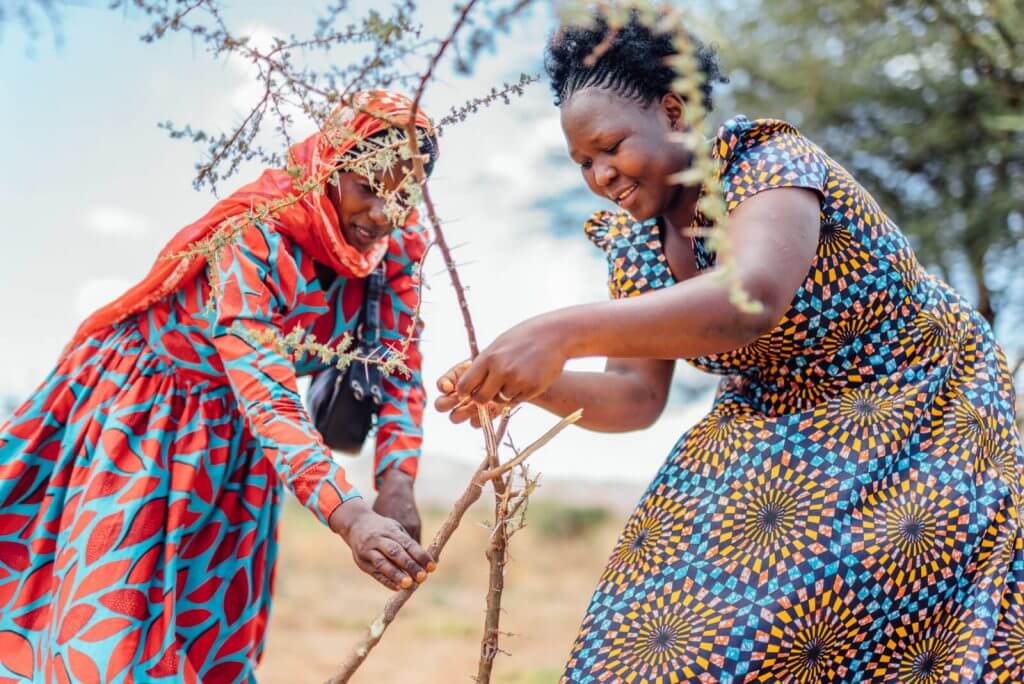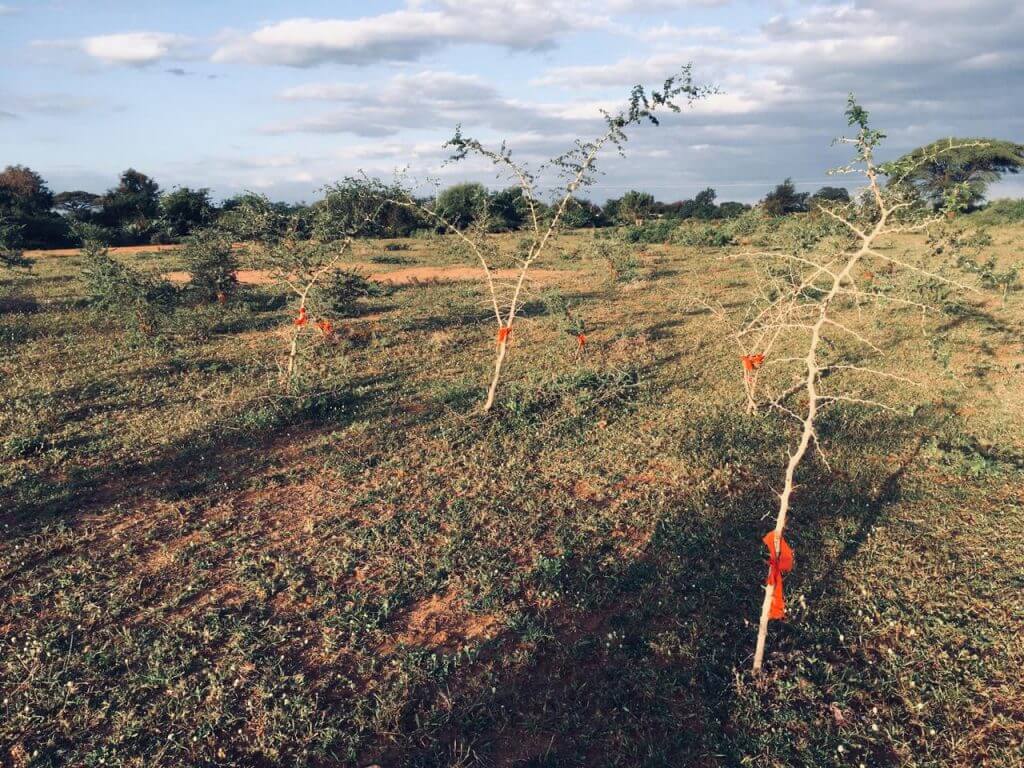
Kisiki Hai
Kisiki Hai (also called Farmer Managed Natural Regeneration – FMNR) is an agroforestry approach to regrow trees and support new, naturally emerging sprouts to thrive and grow. Kisiki Hai involves a process of selecting, pruning and protecting the stumps of cut-down trees. With the right care, these stumps get the chance to grow into real trees again. Applying the Kisiki Hai method has many different benefits, including improved soil fertility for your crops.

